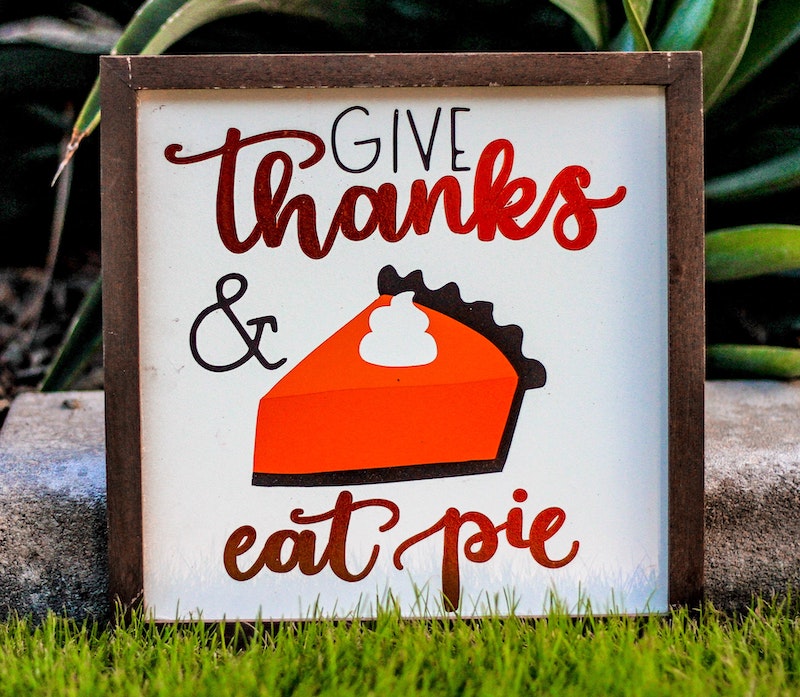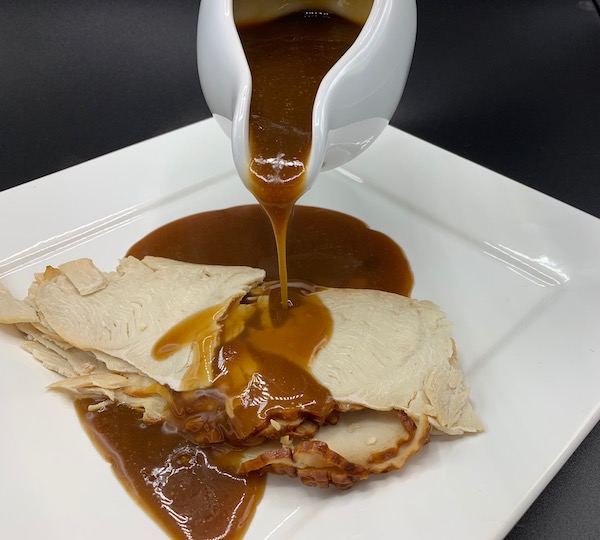Reading Eat By Date Tables
Question:
How do you read your tables for OPENED products?Are the times listed for opened products from the printed date or from the opening date?
Answer:
We’ve been getting several emails on this topic, so will try to explain our tables in a little more detail. The answer to both questions can depend upon the product type, thus the table sub-headings will vary accordingly in many cases. So, watch for sub-headings.
Unless otherwise noted on the individual page, time periods listed for “Opened” products refer to the time that has elapsed since breaking open the seal on the product.
Unopened products in our tables will still rely upon the printed date on the product. If there is no date on your product, then you can try to remember when you purchased the item. This is not to say that you could have possibly bought something after the printed date expired, it happens.
Reading Eat By Date Tables
Background Info
The tables for these products look like this:| (Opened) | Pantry/Refrigerator/Freezer |
|---|---|
| Food or Drink Product lasts for | # Days/Weeks/Months |
For opened products, sometimes the printed date does not matter as much… It’s all about the time that has elapsed since you broke the seal and opened the product. This is often the case, and for these products the sub-column headings in our tables will read “After Opening” if emphasis is needed for that product or be without any sub-heading. Products in this category generally use a “best-by” or a best before date, but not always. Some products that come to mind in this category are spaghetti sauce, salsa and canned frosting. The date that matters is when you open the jar.
Excellent TIP: If you don’t use this type of product all at once then it’s handy to keep a permanent marker at the spot where you open jars to jot down the date on the lid as you open the jar before placing the remainder in the refrigerator.
Part of the Problem
When the Printed Date is still the Reference Date
In contrast, there are other products where the printed date is still used as a reference regardless of when it was opened. These products are more dependent on elapsed time since the printed date than the actual opening date. Although opening products usually does decrease their shelf life somewhat, it is not a major factor in these instances. For these products, the sub-column headings in our tables will read “past printed date“.
| (Opened) | Pantry/Refrigerator/Freezer |
|---|---|
| Past Printed Date | |
| Food or Drink Product lasts for | # Days/Weeks/Months |
Products in this category are generally the ones that use a “sell-by” or “use-by date”, but not always. Products in this category include milk and salad dressings, where all variables being perfect, you can pretty much look at the printed dates and then add the time listed on the EatByDate charts… But remember, refrigerator temperatures vary along with many other factors so also keep your eye (or in this case, nose) on your product to help decide if it has gone bad.
Our table for each product is designed to tell you how long the product remains “good” beyond the date that the manufacturer has stamped on it. It’s the number of days beyond a “sell-by” date, “use-by” date, “best-by” date, best before date, production date or purchase date. When product is vacuum sealed at the factory these dates are fairly solid and can be counted on as long as they are manufactured and stored properly. When you open the product, it becomes exposed to many more variables. When you open a product and expose it to air, you are unknowingly exposing it to a wide variety of possible food contaminants.
And remember, because there are so many variables with food handling, always read our section within each product page on “how to tell if it has gone bad” for clues to look for in case you have no date references or something else has gone wrong with the product.











